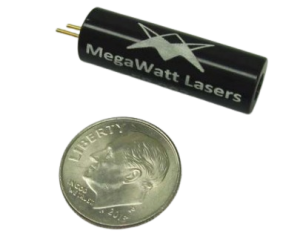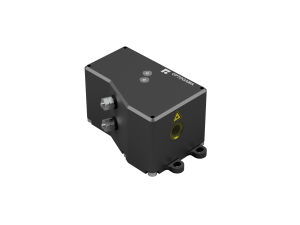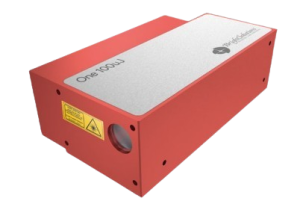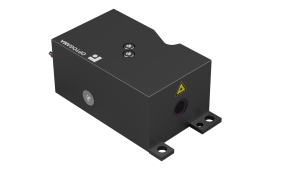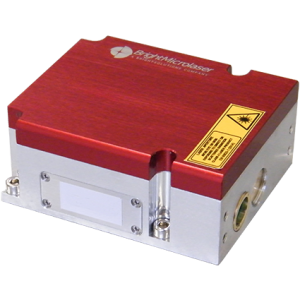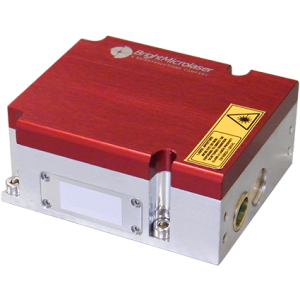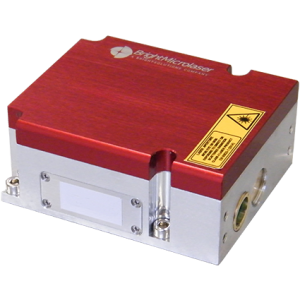The Passive Q-Switch Lasers We Offer:

Compact, Cost-Effective & Easy to Use
-
- Simplified design with saturable absorbers for low-maintenance, compact systems
- Cost-efficient solutions for budget-conscious applications needing high reliability
- No external control needed; pulses are generated passively for straightforward operation

Versatile Wavelength & Application Options
-
- Wavelengths in the UV, Blue, Green, Yellow, NIR & SWIR regions for diverse uses
- ns to ps pulse widths support precision applications like micromachining & LIDAR
- Ideal for compact, portable systems in industrial, medical & research application

Durable & Efficient for Demanding Conditions
-
- Minimal moving parts for reliable operation and long lifetimes
- Designed for robust performance in challenging environments, including MIL-spec options
- Suitable for handheld and portable devices requiring low SWaP configurations
Should I choose an actively q-switched or passively q-switched laser?
There are pros and cons to both types (active & passive). There are some main points to consider when determining which type best suits your application needs:
- Cost – passively q-switched lasers are less expensive and complex than actively q-switched lasers
- Size – passively q-switched lasers can be significantly more compact than actively q-switched lasers
- Triggering – actively q-switched lasers allow precise triggering control over pulses and does not suffer from the increased pulse to pulse jitter, as opposed to passively q-switched lasers
- Pulse Energy – actively q-switched lasers typically provide higher pulse energies than passively q-switched lasers
For nearly 30 years, RPMC’s selection of passive q-switch lasers has set the standard for affordable precision across a wide range of applications, from defense to medical, industrial, and research with 1000’s of successful units in the field. We understand that every application has unique requirements, which is why our configurable platforms are designed to offer the perfect fit for your needs—whether you’re working with fundamental wavelengths, harmonics, or specialty wavelengths. As your partner, we’re here to guide you through the selection process, ensuring that your laser integrates seamlessly into your existing systems. With time-tested technology that balances power and precision, we’re committed to supporting your success every step of the way.

 SHIPS TODAY
SHIPS TODAY 
